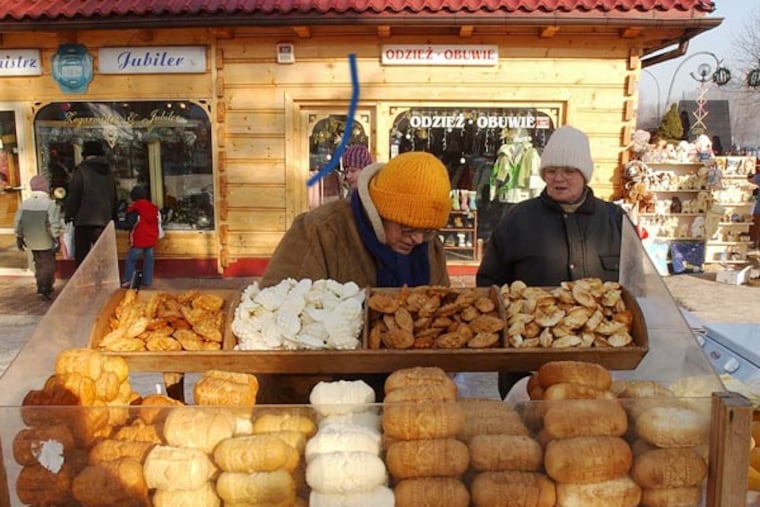Earliest evidence of cheese-making found - in Poland!
More than 7,000 years ago, in what is now northern Poland, a hardy band of farmers came up with a clever way to preserve the milk from their cows.

More than 7,000 years ago, in what is now northern Poland, a hardy band of farmers came up with a clever way to preserve the milk from their cows.
They poured it into special pottery vessels with holes in the bottom, thereby separating the solids from the precious fluid to make cheese.
That is the conclusion announced by a team of scientists today in the journal Nature, based on chemical analysis of the pottery - the first hard evidence for cheese-making by prehistoric humans.
By making cheese, these early farmers could transport and store a good source of protein, said Princeton University anthropologist Peter Bogucki. Equally important, they could digest it. Lactose intolerance was almost universal among adults during that era, but cheese contains little lactose because it is separated during the straining process.
The research was led by chemists at the University of Bristol. The pottery with holes was excavated by Bogucki and Polish colleagues in the 1970s, but until now they were unable to prove that the vessels were used to make cheese.
Contact Tom Avril at 215-854-2430 or tavril@phillynews.com